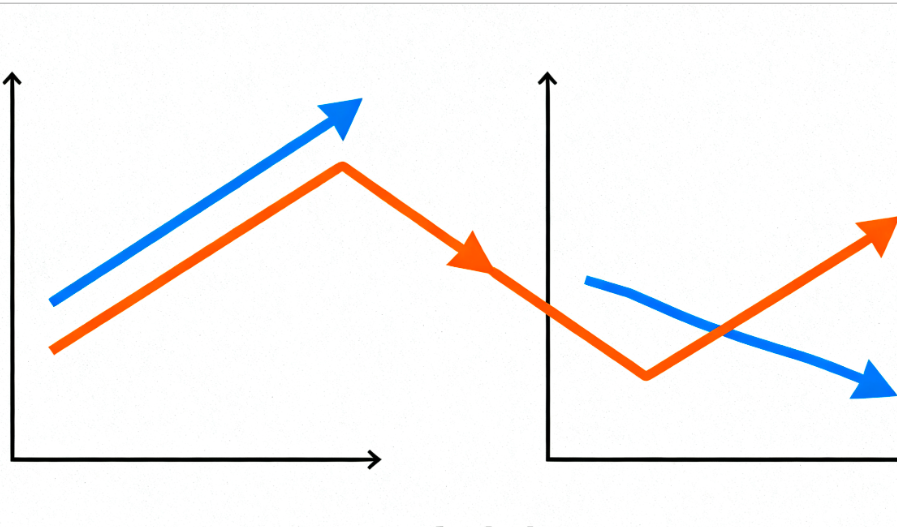
500,000 Poultry Culled in Europe
The World Organisation for Animal Health (WOAH) latest report indicates that the number of avian influenza outbreaks in poultry in September this year has reached a record high for that month over the past two flu seasons, with further increases expected in the coming months.
According to Xinhua News Agency, the most severely affected areas currently are the eastern German states of Mecklenburg-Vorpommern and Brandenburg. Nearly 150,000 laying hens were culled at just two farms in Mecklenburg-Vorpommern. On October 26, a district in eastern Brandenburg announced plans to cull approximately 130,000 more birds to contain the outbreak.
In addition to culling measures, protection zones have been established in various parts of Germany to curb the spread of avian influenza. Alois Gerig, Federal Minister of Food and Agriculture, has called for coordinated and collaborative prevention and control actions within the European Union.
The relevant research institute stated that this wave of avian flu outbreaks started earlier than in previous years. Currently, it is the autumn migratory bird season, and with the peak migration period yet to arrive, the risk of virus transmission continues to increase. The institute described the scale of infection among cranes as "unprecedented." The situation is particularly severe in the Linum wetlands in northwestern Brandenburg, where local officials reported that volunteers had collected around 1,500 dead cranes by the 25th.
Experts explain that the primary routes of avian influenza virus spread are direct contact with infected birds or indirect introduction of the virus. As the activity areas of free-range poultry like ducks and geese are easily accessed by wild birds, they are particularly susceptible to infection. Furthermore, in environments contaminated with the virus, footwear, equipment, or vehicles can also act as transmission vectors.
















